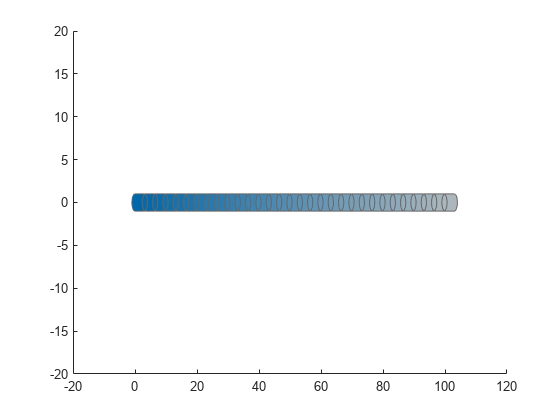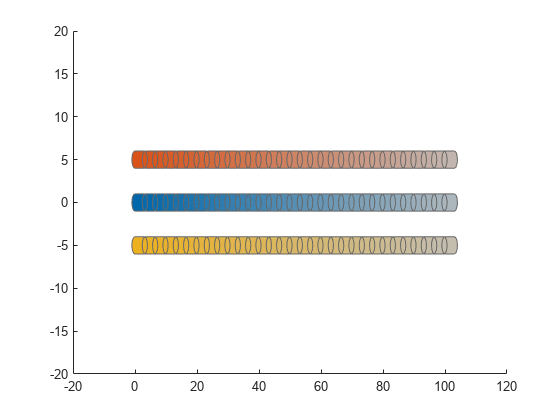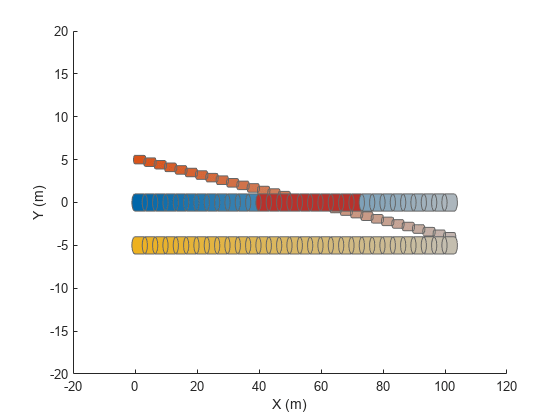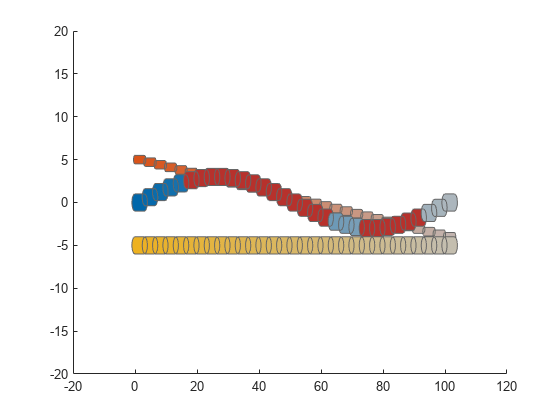updateEgoPose
Update states of ego bodies
Syntax
Description
updateEgoPose(
updates the states of the specified ego bodies in the capsule list. If a specified ego ID
does not already exist, the function adds a new ego body with that ID to the list.capsuleListObj,egoIDs,poseStruct)
status = updateEgoPose(capsuleListObj,egoIDs,poseStruct)
Examples
Input Arguments
Output Arguments
Extended Capabilities
Version History
Introduced in R2020b



